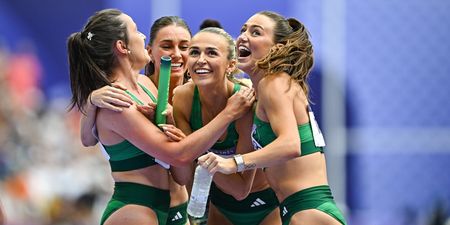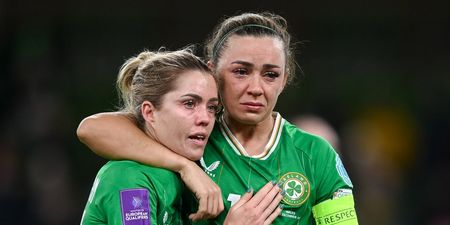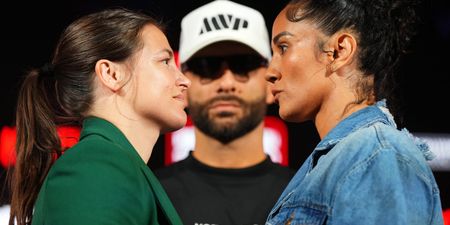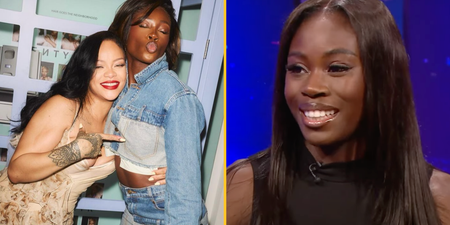‘The fact that I’m Ireland’s fastest woman hasn’t really sunk in yet. I haven’t really saw myself as that person yet. To hold the record for the 100m and 200m, and be the first person in 40 years to hold both records at the same time, is mad.’
It’s a busy day for Phil Healy at the Irish Life Health National Athletics Awards in Blanchardstown, Dublin. The Cork woman is nominated for the Track & Field Athlete of the Year as well as the Inspirational Performance of the Year and she is sitting at her table among fellow nominees but it is not long before she is swamped by people congratulating her on her year.
Healy sits beside her coach Shane McCormack and between the congratulating guests I manage to pull her aside for a few minutes to do a quick interview during one of the ceremony’s intermissions.
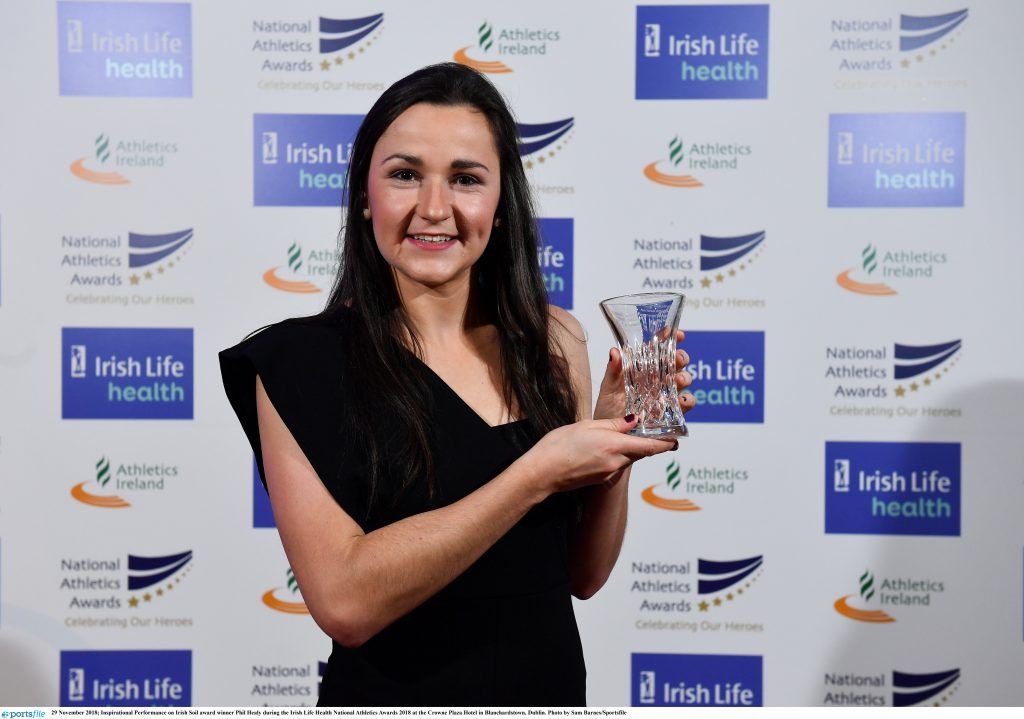
Naturally, Healy beats me out of the door, who would have thought, but eventually we find a small couch beside the entrance to sit and talk about her incredible year where she set a blistering new Irish 100m record of 11.28 seconds only to then further cement her status as Ireland’s fastest woman by following it up with a new 200m record of 22.99 seconds, becoming the first Irish female athlete to break the 23 second barrier.
“We always see these records as markers,” said Healy.
“Everyone wants to break a record. I had ran good times for 60 metres in the indoors but I was working remotely with college in Cork and it was too hard with the technical sessions. I was never reaching my full potential so I moved to Waterford reaped its benefits and when I did that I started to see signs in training that performances were there.”
McCormack was there right beside Healy at the awards show and he’s been there for her pretty much every step of the way since taking her on in 2014.
There’s been highs, lows, dips in form and peaks that exceeded even his own expectations. The way he sees it Phil’s success is directly tied to his ability to know when to push her and when to hold her back as he concedes that he’s working with someone that will naturally push themselves to their very limit.
“When she was studying in Cork it was very hard because you’re trying to travel up and down to meet her and organise sessions,” said McCormack who is an IAAF level 4 accredited coach and a development officer with the WIT Athletics Club.
“We were doing a lot of videos over email, we were on the phone a lot and remote coaching is an art in itself. It’s not really for sprinters at all.
“She was only going to get so far under that system but when she moved to Waterford it blew up. It just happened for her. When she moved up I was more comfortable pushing her on and then when you know if she was struggling you could pull her back or you kill the session.
“Remotely, she’d do what was given to her on paper. She is so driven and that can be dangerous for an athlete because there is no self-regulation. There is no safety net. A lot of it was giving her harder work but before some of her fastest races she had some of her worst training sessions only two or three days before. I’d intervene and say ‘you’re done’ where if she was remote she’d probably have pushed herself on.”
Healy gives McCormack a huge amount of credit for her performances and her coach pinpointed this time last year as the first real point in their three-year professional relationship where he could see that she had the potential to break Irish records.
Looking forward to hosting a great session with @aligal1984 and @philhealy2 as they share their journey with @SunLifeUS #wln #sunlife pic.twitter.com/jgUR7Vp5UW
— Shane McCormack (@mcwexford) November 13, 2017
However, coaches can often see what an athlete is capable of long before the sportsperson can see it for themselves and it wasn’t until a meet in Vienna, Austria, in January that Healy actually felt like belonged with some of the world’s best.
“The 400m was always going to be the main aim for me this year with the indoors and running a 52.08 in Vienna gave me the confidence that I could actually do it.
“I’m a firm believer in actually doing it before I believe I can do it and that gave me the confidence to know that I can actually compete with these world class athletes.
“Even when I went to the world indoor tour I bet Natasha Hastings who is an Olympic medalist, Justyna Swiety from Poland was behind me and these are two top European class athletes and it gave me a boost to know that I belonged.”
Healy had broken the Irish 100m record three times before she actually broke it (over the legal wind limit) so the signs were there all along. She was also acutely aware of the fact that the 100m and 200m records had historically been broken overseas so to set new records in both Dublin and her native Cork was special for her.
McCormack admits that they must both undoubtedly aim for next year’s World Championships and then the Olympics after that. Athletics, and sports, is largely built on the concept of what’s next, but for the moment the two can enjoy and reflect on an incredible year that flew by both of them at a speed they were both pleasantly surprised by.




